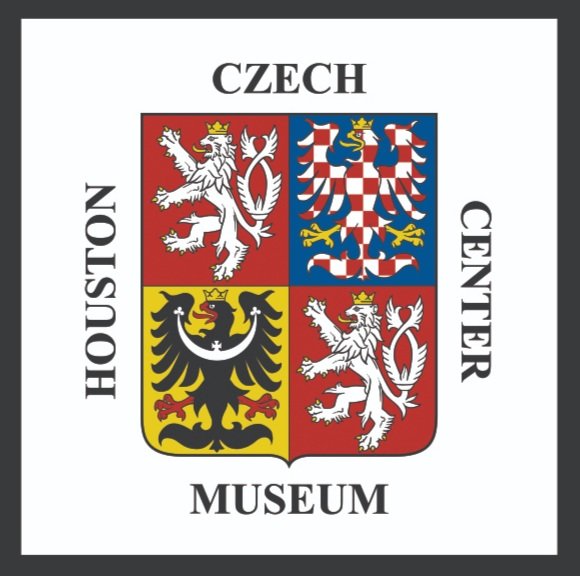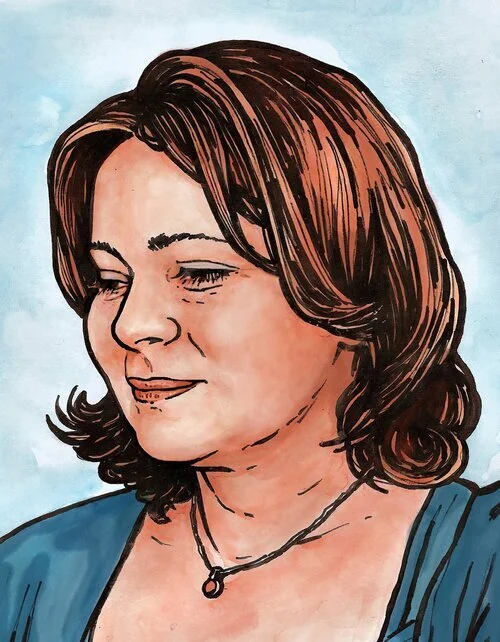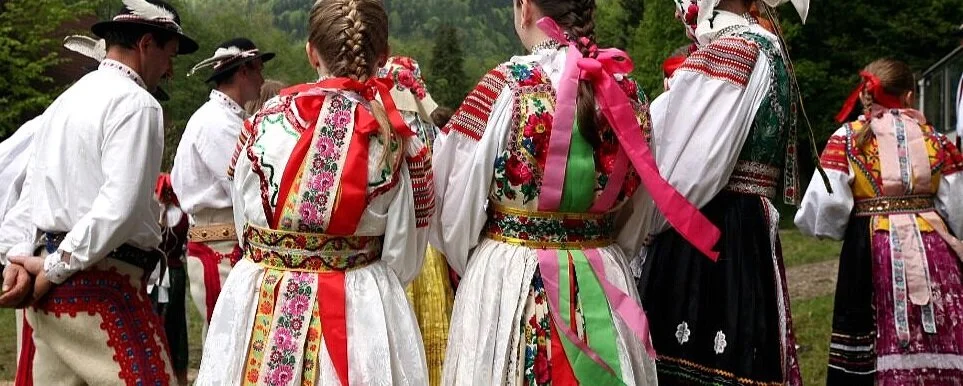The history on rock music in Czechoslovakia begins with its introduction in the early 1950s, beginning apolitically. By 1968, the apolitical aspect changed, in response to the 1968 Soviet bloc invasion, causing rock music to finally rebel and criticize the government, through satire and cryptic messaging, as the lyrics and content of rock songs were monitored.
Czechoslovakia and their only naval battle
Despite being a landlocked nation, Czechoslovakia had a naval army, one which fought a single battle. This singular battle took place on Lake Baikal in Russia during WWI. Being that Czechoslovakian soldiers fought so far away from their own nation and that they seemed unwelcome in Russia, the situation of their naval military grew more complicated.
Ten Popular Breweries in the Czech Republic
Little Crumbs by Hana Juračáková
The Czech Pioneers of the Southwest by Henry R. Maresh and Estelle Hudson
Emperor Rudolf II: Prague's Patron of Arts and Science
Rudolf II, leader of the Holy Roman Empire, ruled from 1575-1612. His reign as emperor was nontraditional and he was well known for his patronage of arts and science. Under his rule, alchemists were protected and allowed to experiment and learn, making Prague one of the cultural centers of this scientific discipline. His rule also allowed artists from all over Europe to thrive and flourish, which artists noticed and greatly appreciated.
Prague Travel Guide
A Short History of Pilsner Urquell
The Church of St. Cyril and Methodius: A History Old and New
The Dancing House of Prague
The Languages of Kafka
Bohemian Garnet
Andy Warhol
Remembering Libuše Šafránková
Cinema Under Communism: The Czech New Wave
The Czech New Wave was an important film movement led by daring, rebellious film directors in the sixties. Since the nationalization of the film industry in 1945, cinema had gone stale. In the fifties, each film adhered so tightly to the standards set by the communist government that moviegoers found themselves bored in the theatres. Plot threads were entirely predictable and dogmatic, an aspect that would be criticized extensively during the movement (Kehr 2008).
Ride of the Kings
Each spring, people in the Czech Republic celebrate many different events and holidays. The Ride of the Kings is one of the Czech Republic’s many unique customs. It is so deeply rooted in the history and culture of the area that it was placed on the UNESCO heritage list and has been painted, photographed, and filmed to preserve its tradition.
Celebrating Czech Heritage in America
The Czech Republic and its’ Contribution to Cinematography
Czech Spring Rituals and Celebrations of Love
In Slavic cultures, spring has always been the most important time of the year - it’s the time of rebirth, associated with life, fertility, and love. Ancient Slavs celebrated the end of winter and the coming of spring with a number of festivals and rituals. Among Czechs, one such tradition has survived to this day - popularly known as Czech Valentine’s Day.






















